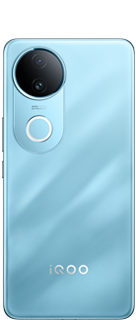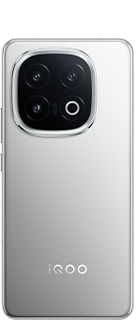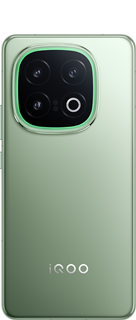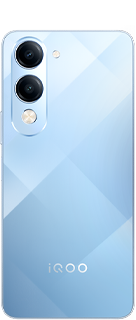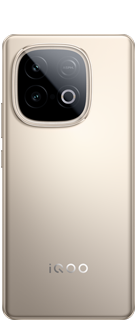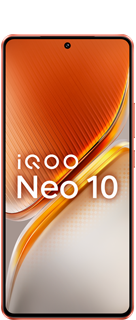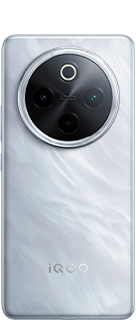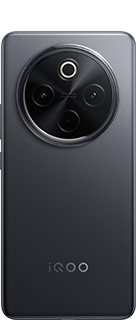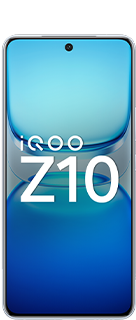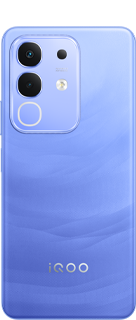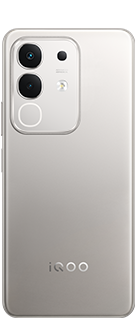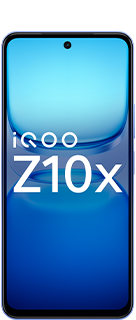Understanding the Difference Between Telephoto and Periscope Camera Lenses.📸📸

Telephoto Lens:
How it works: A traditional telephoto lens in a smartphone works much like a smaller version of a DSLR telephoto lens. It uses a series of optical elements to magnify the subject by having a longer focal length. These lenses are usually placed vertically within the phone, extending slightly outward from the phone's body when in use.
A) Advantages:
- More compact design (relative to early periscopes): While still creating a slight bump, they are generally less complex than periscope lenses and take up less internal space horizontally.
- Good for portrait photography: The longer focal length creates a natural perspective compression and a pleasing background blur (bokeh), making subjects stand out.
- Faster autofocus: Telephoto lenses often offer quicker and more accurate autofocus.
- Lower cost: Phones with telephoto lenses tend to be more affordable.
- Better low-light performance (in some cases): With larger sensors and advanced image processing, telephoto lenses can perform well in low-light conditions.
B) Disadvantages:
- Limited optical zoom range: Typically offers 2x to 5x optical zoom. Beyond this, digital zoom is often employed, leading to a loss in image quality.
- Can still add thickness: While more compact than external lenses, they still contribute to the phone's overall thickness compared to the main camera.
- Potential for camera shake: At higher zoom levels, even moderate movement can lead to blurry images without good image stabilization.
Periscope Lens
How it works: The periscope lens, also known as a folded lens, is a more innovative design to overcome the physical limitations of smartphone thickness. Instead of having the lens elements stacked vertically, a prism or mirror is used to bend the incoming light at a 90-degree angle. This allows the lens elements to be arranged horizontally within the phone's body, creating a longer optical path without increasing the phone's depth.

A) Advantages:
- Superior optical zoom range: Periscope lenses can achieve significantly higher optical zoom levels, often ranging from 5x to 10x or even more, without sacrificing image quality. This is their primary advantage.
- Maintains slim phone profile: By folding the optical path, manufacturers can integrate powerful zoom capabilities into thin smartphones.
- Excellent for long-range photography: Ideal for capturing distant subjects like wildlife, sports, or architectural details where significant magnification is needed.
- Improved image quality at high zoom: Because it's optical zoom, images retain clarity and detail even at high magnifications, unlike digital zoom.
B) Disadvantages:
- More complex and costly: The intricate design with prisms and multiple lens elements makes periscope lenses more expensive to manufacture and incorporate into phones.
- Larger internal footprint: While not increasing thickness, they occupy a larger horizontal area inside the phone, potentially impacting space for other components.
- Potential for light loss: The additional mirrors and prisms in the optical path can sometimes lead to slight light loss, potentially impacting low-light performance compared to a similarly sized telephoto lens.
- Smaller sensor size (often): To fit the complex optics, periscope cameras might use smaller image sensors than the main camera, which can affect overall image quality, especially in challenging lighting.
- More susceptible to damage: The complex mechanism can be more fragile if the phone is dropped.
- Less versatile for everyday photography: While excellent for zoom, they may not offer the same versatility for general-purpose photography as a wide-angle or standard telephoto lens.

Conclusion
In essence, if your priority is extreme optical zoom in a slim form factor, a periscope lens is the clear winner. If you value a more compact design, slightly faster autofocus, and excellent portrait capabilities with a more moderate zoom, a traditional telephoto lens might be more suitable. Many flagship phones now incorporate both, leveraging the strengths of each.
Please sign in
Login and share
